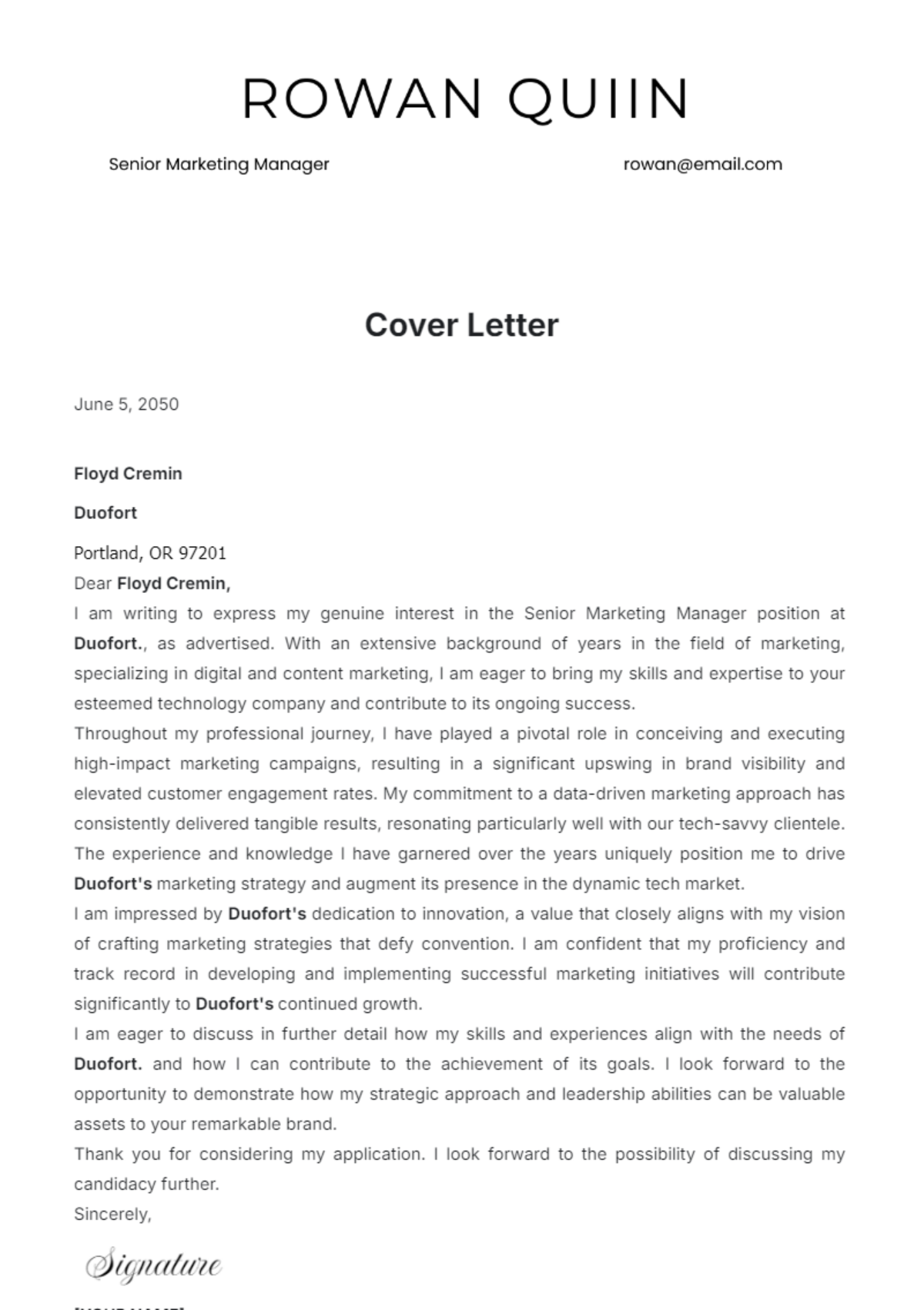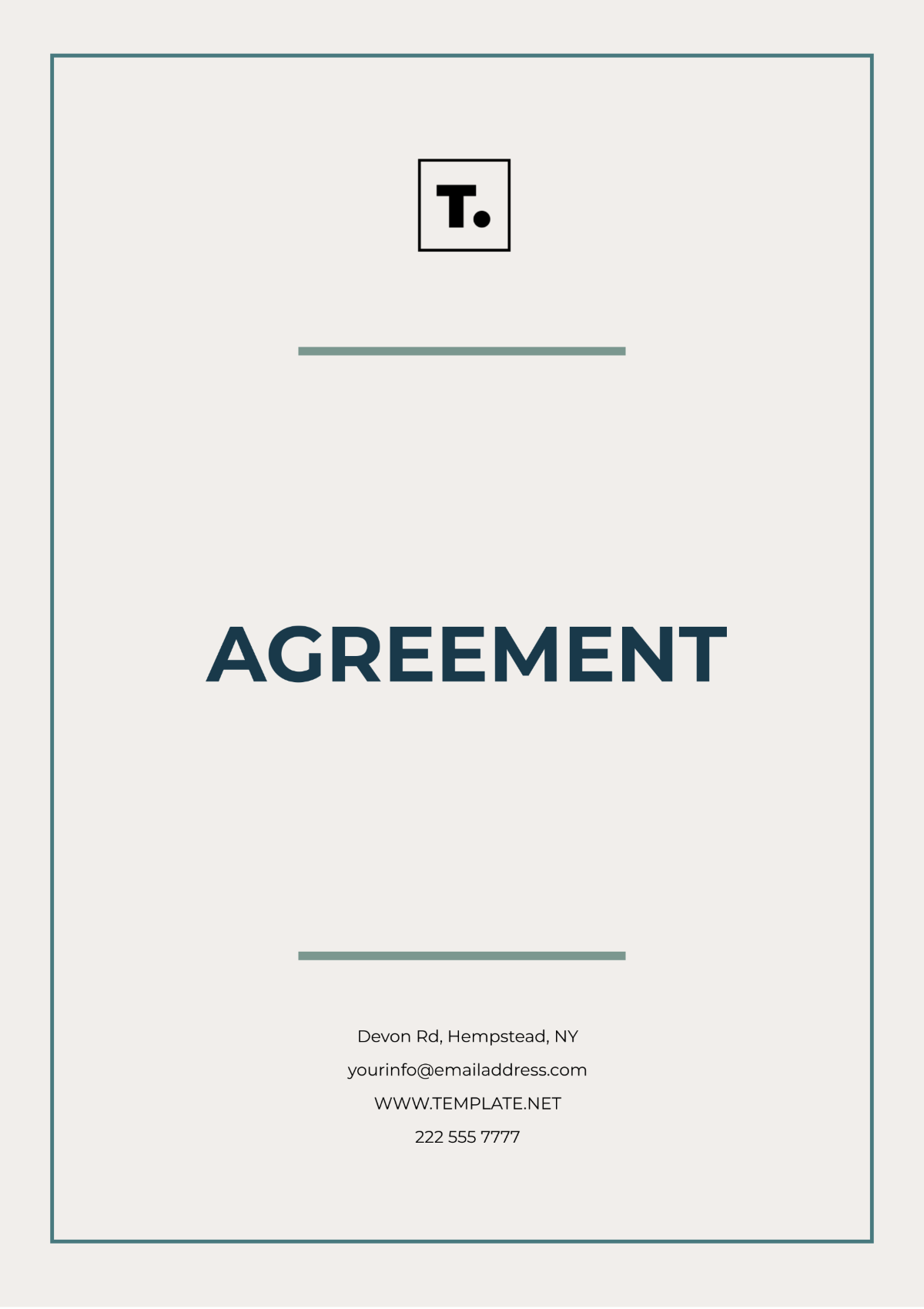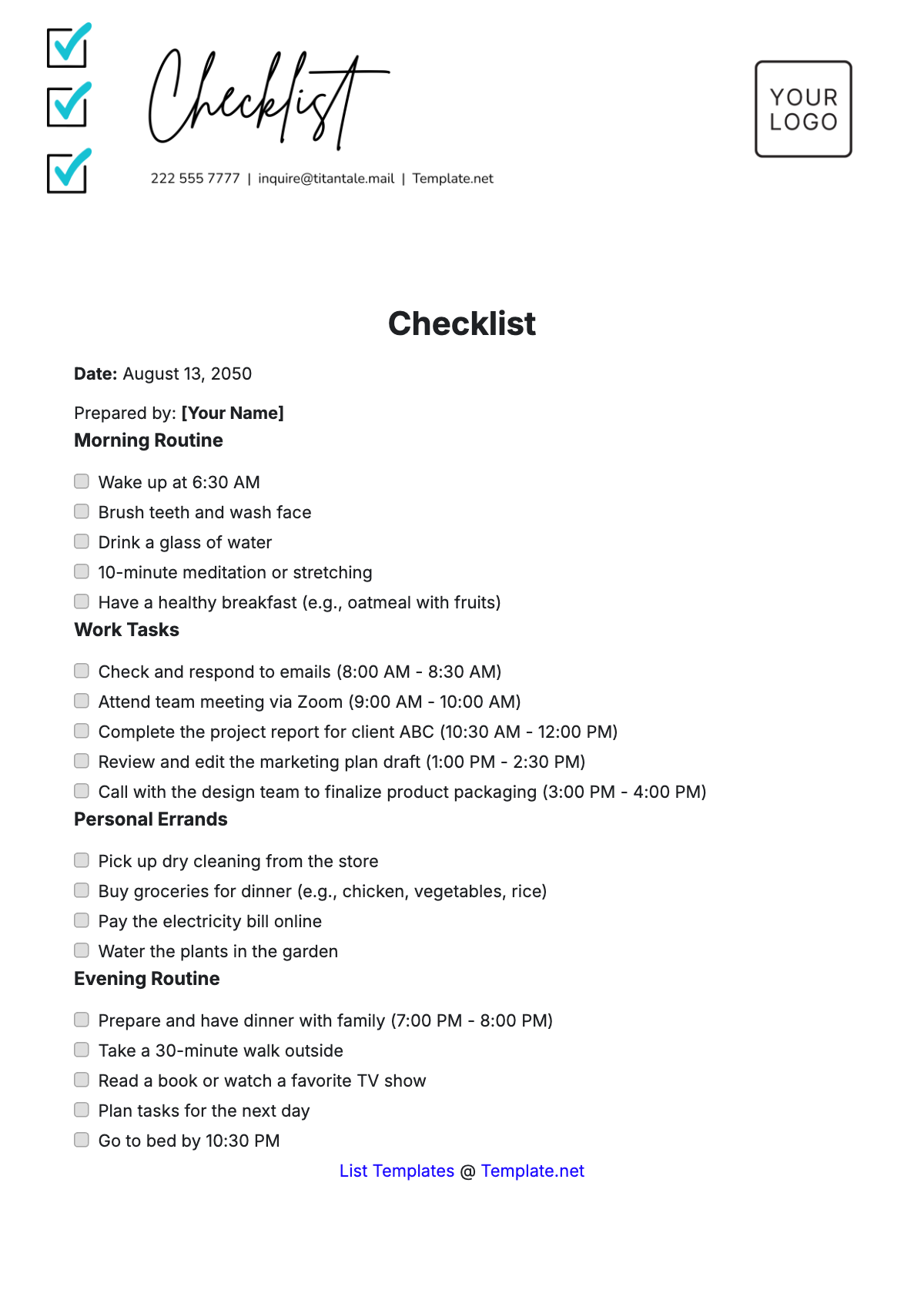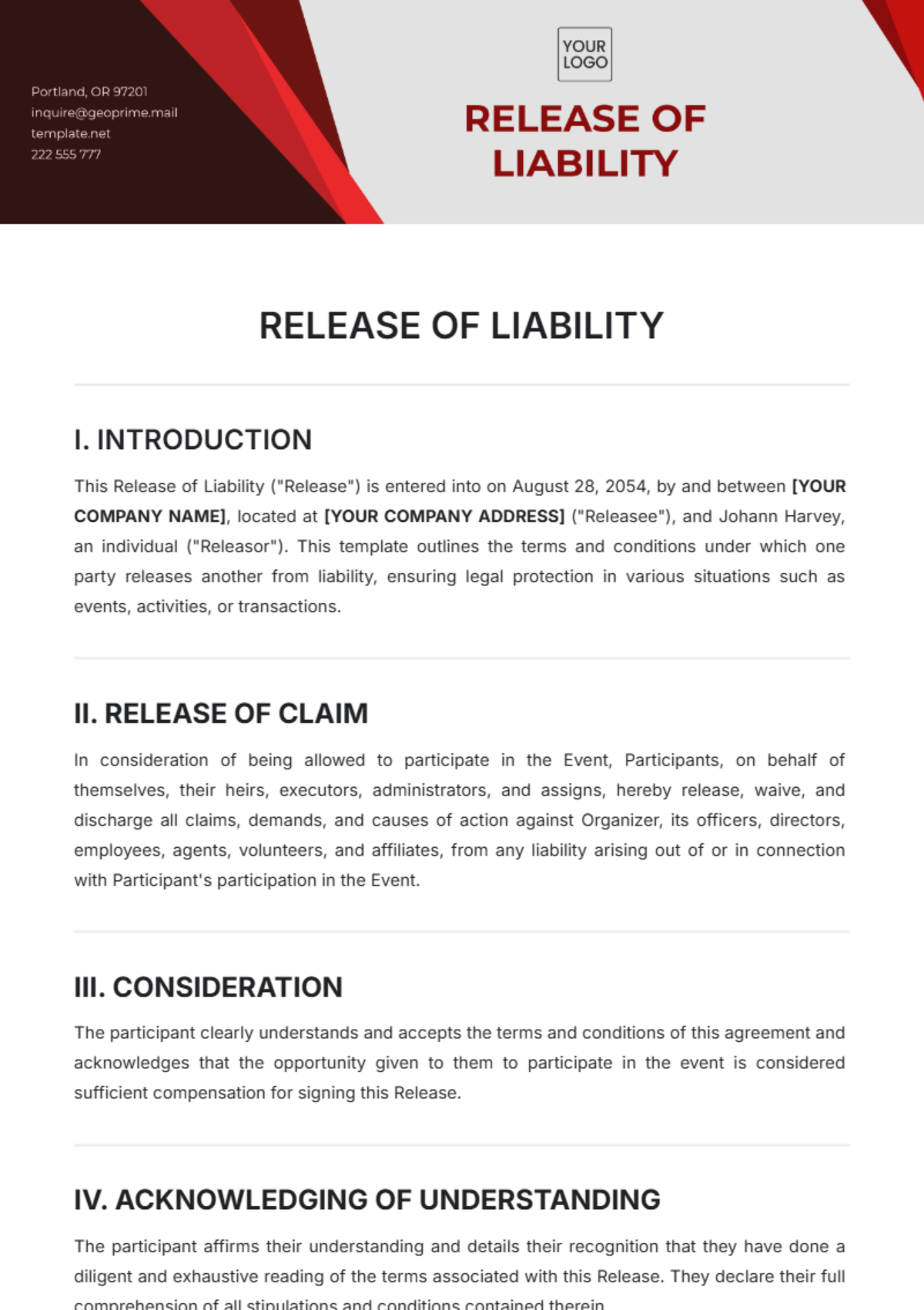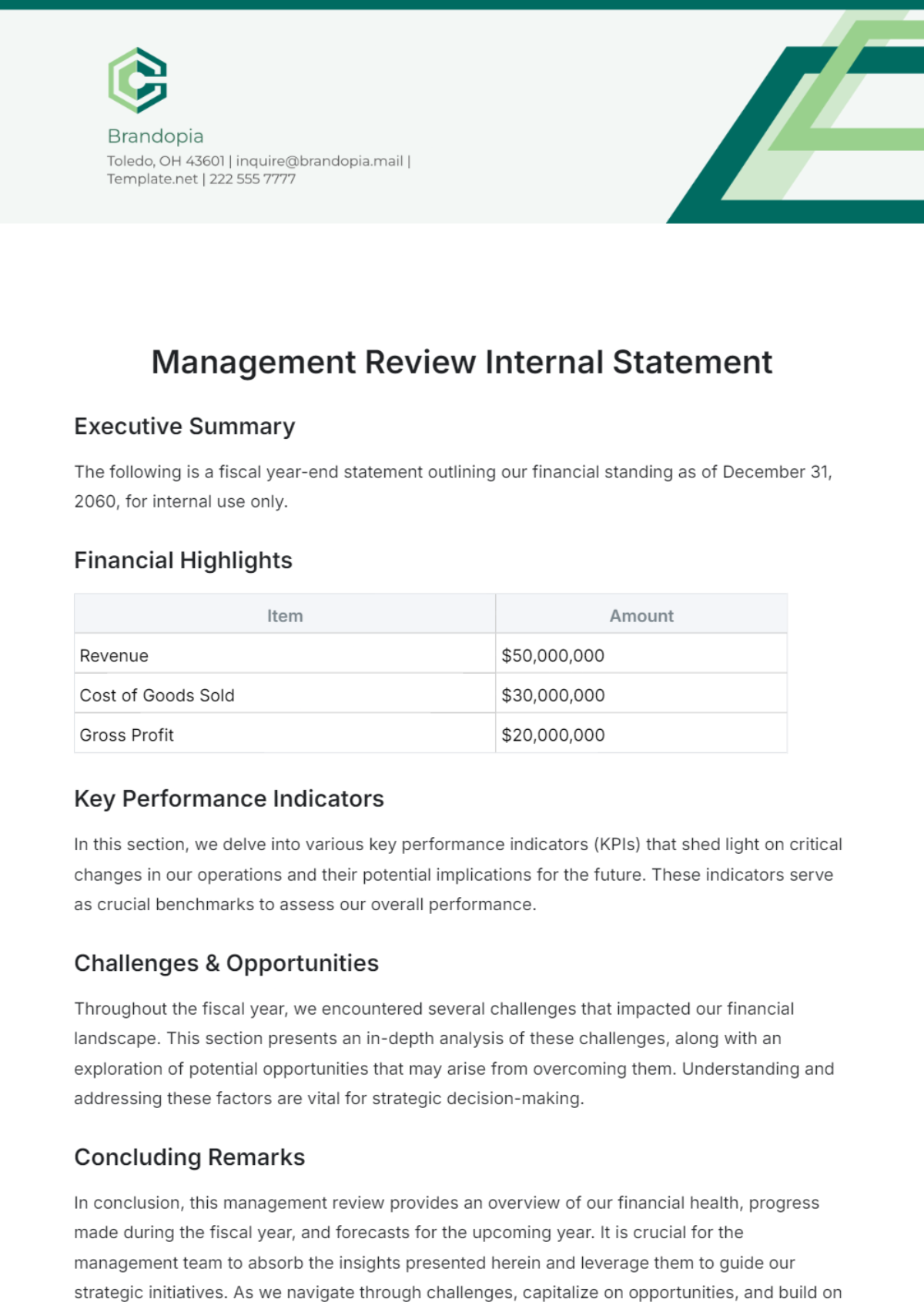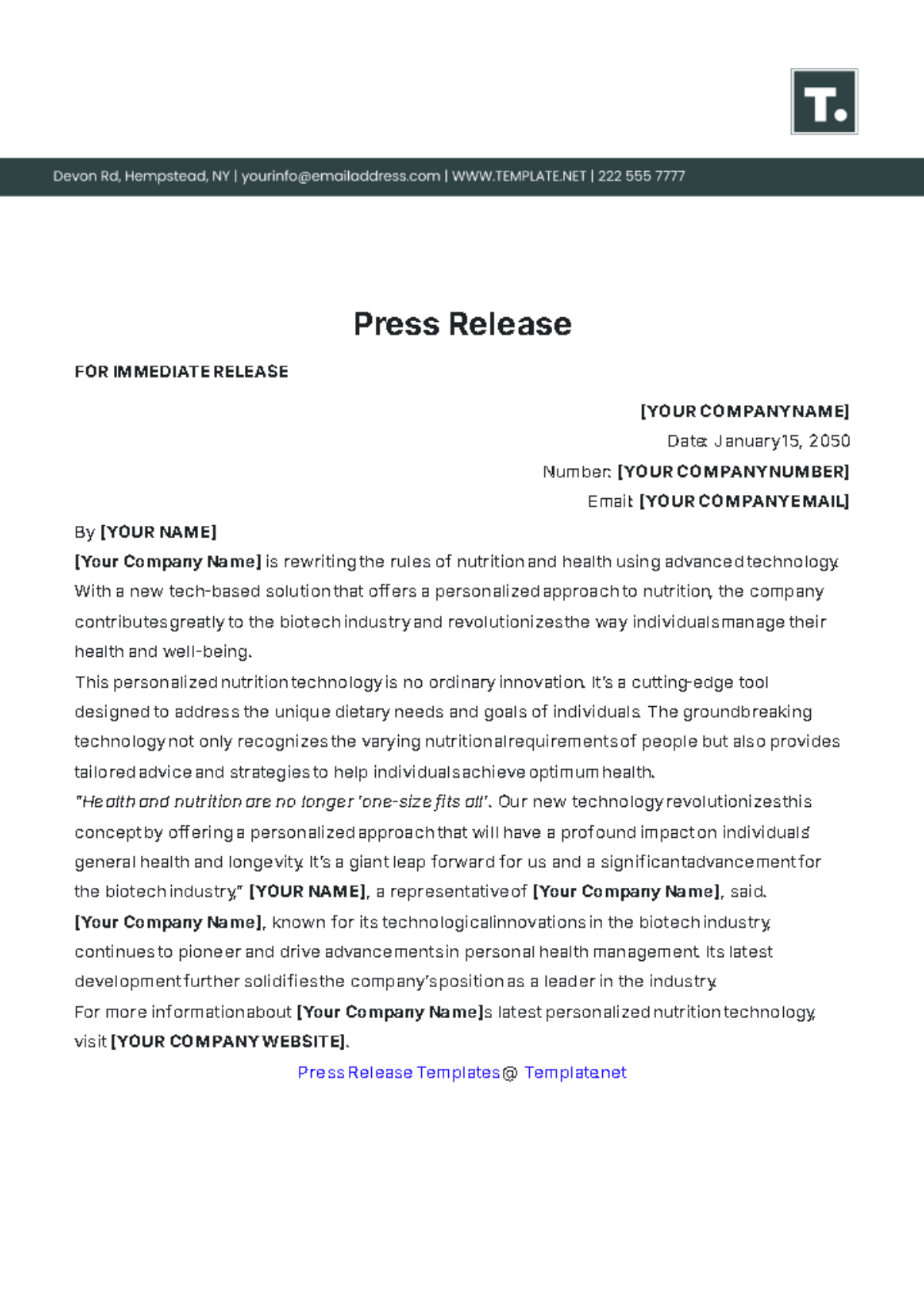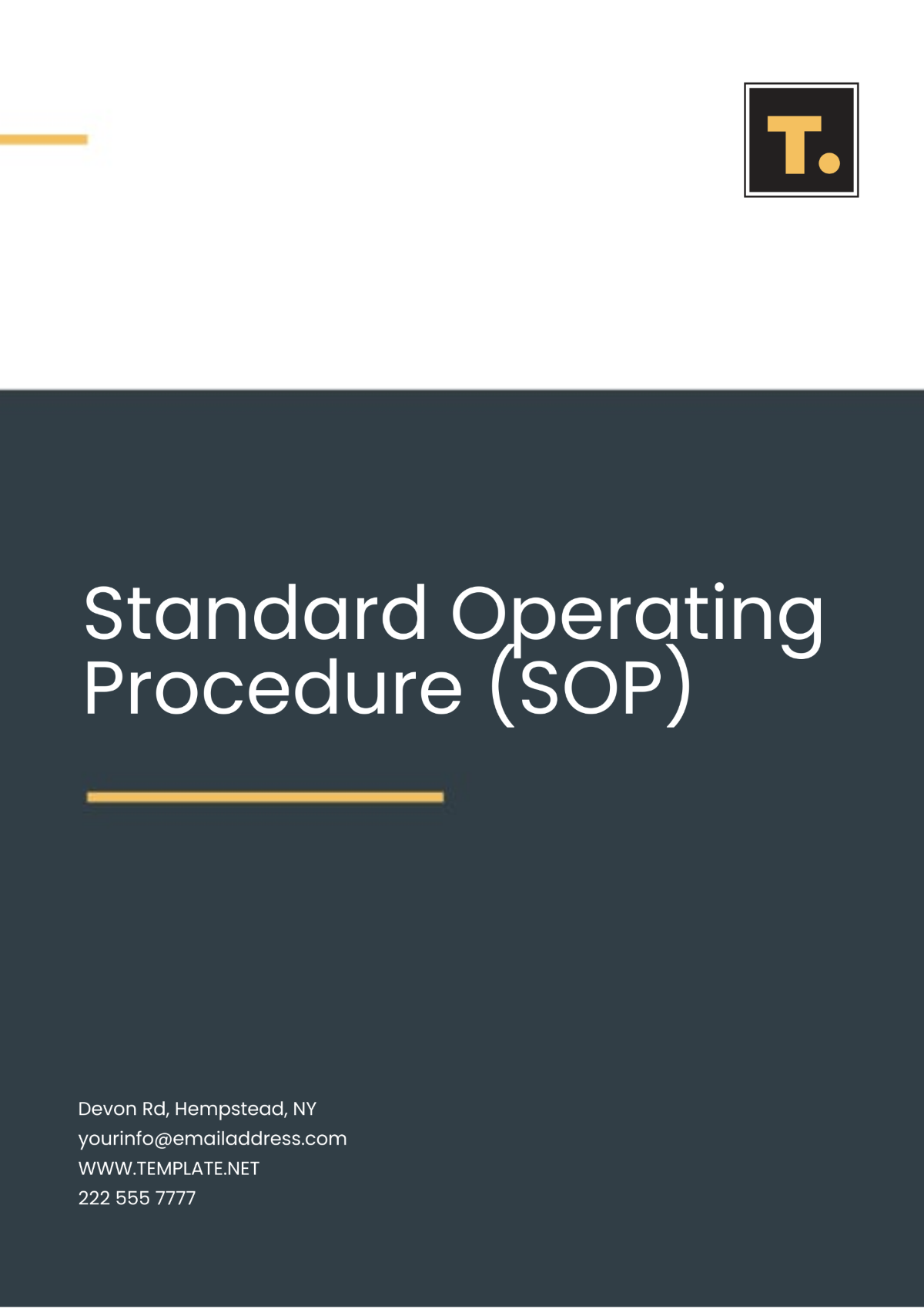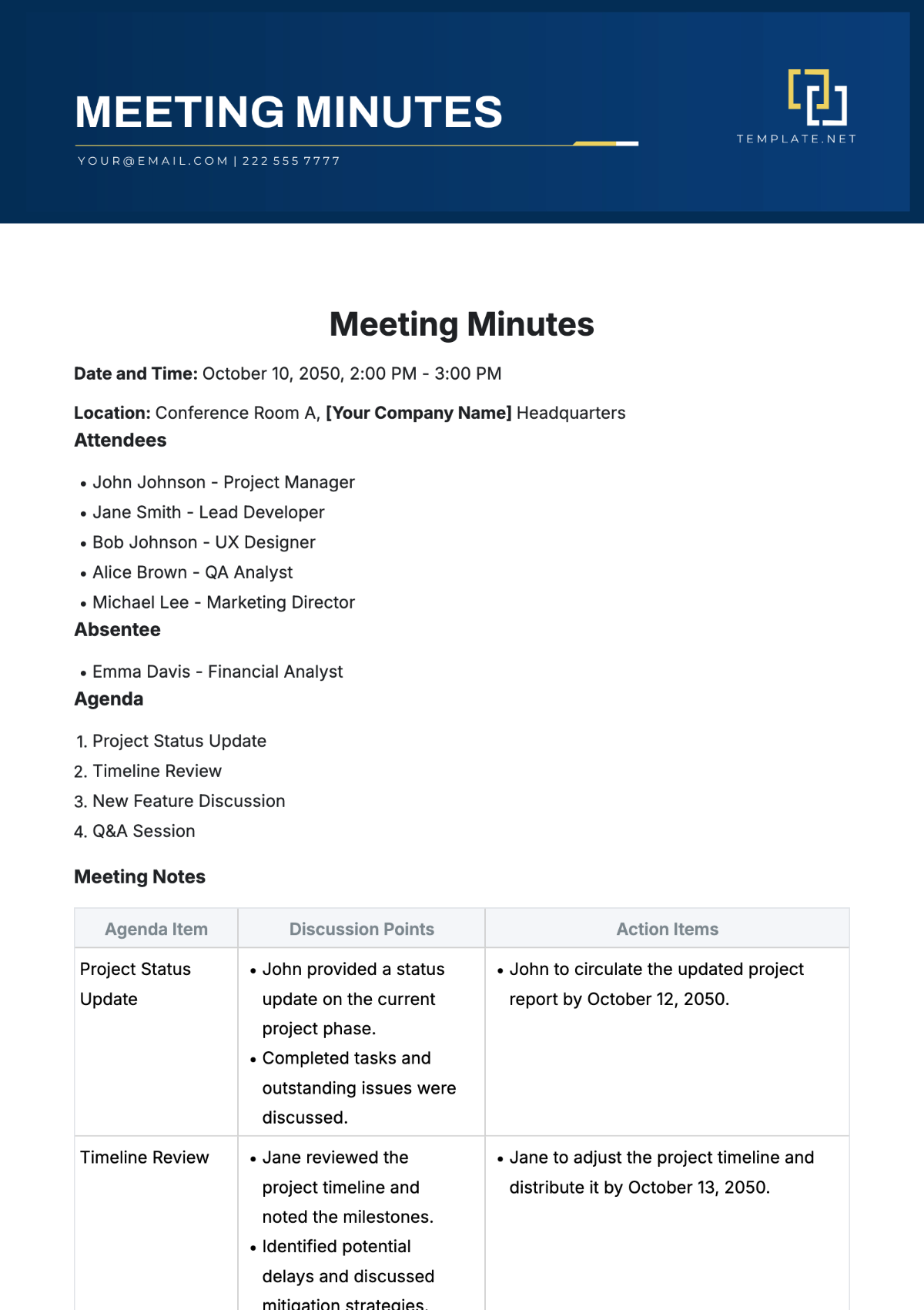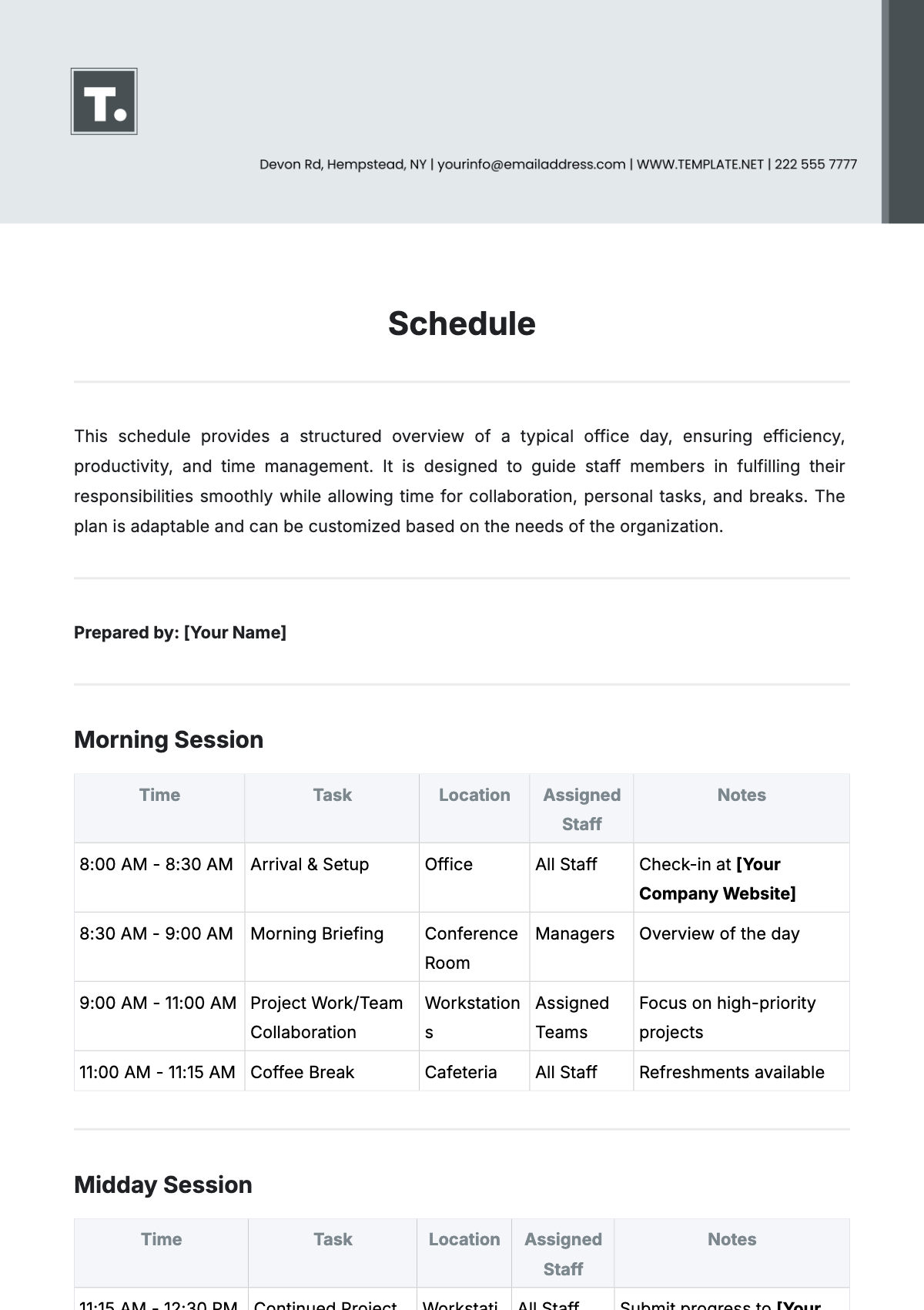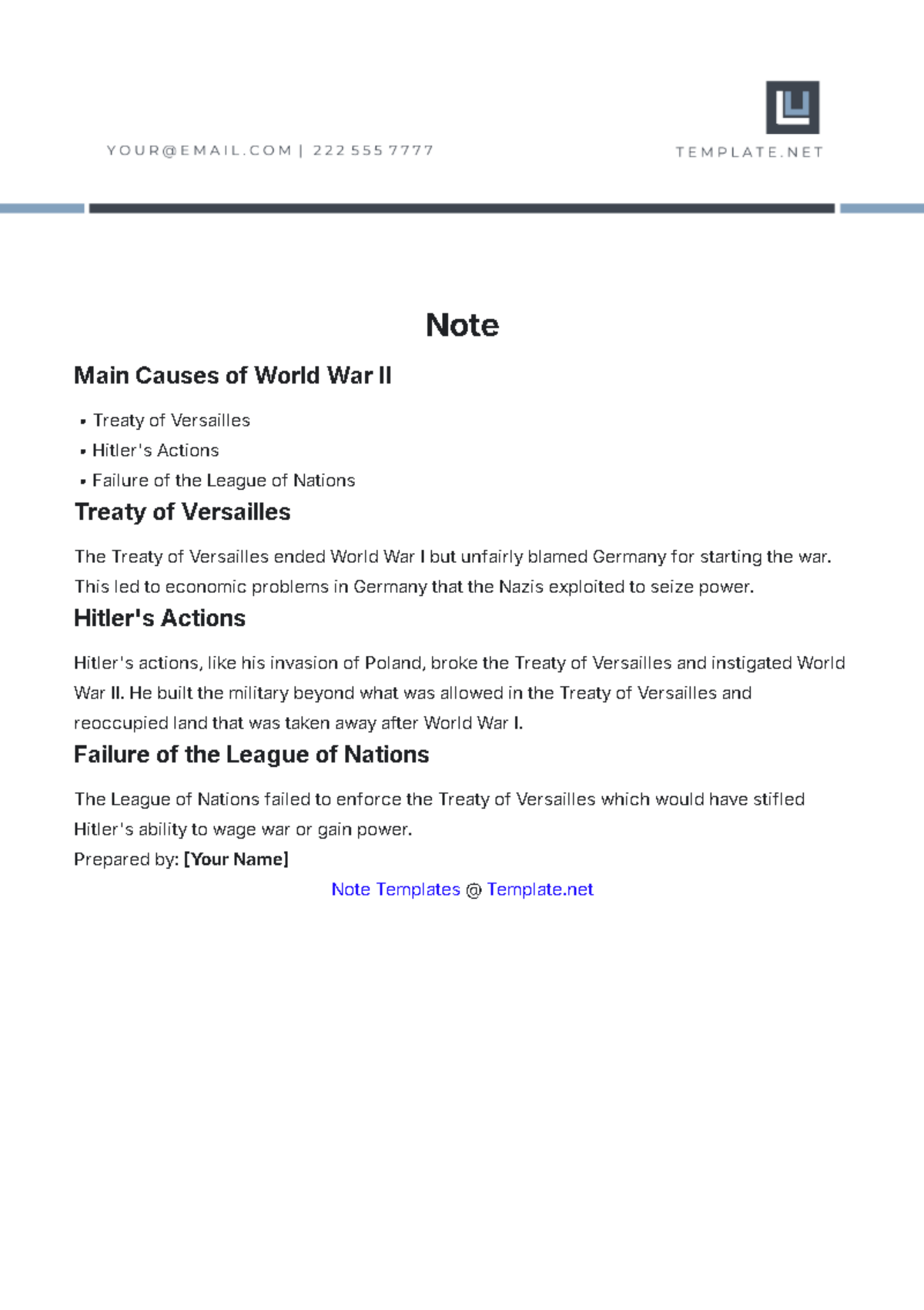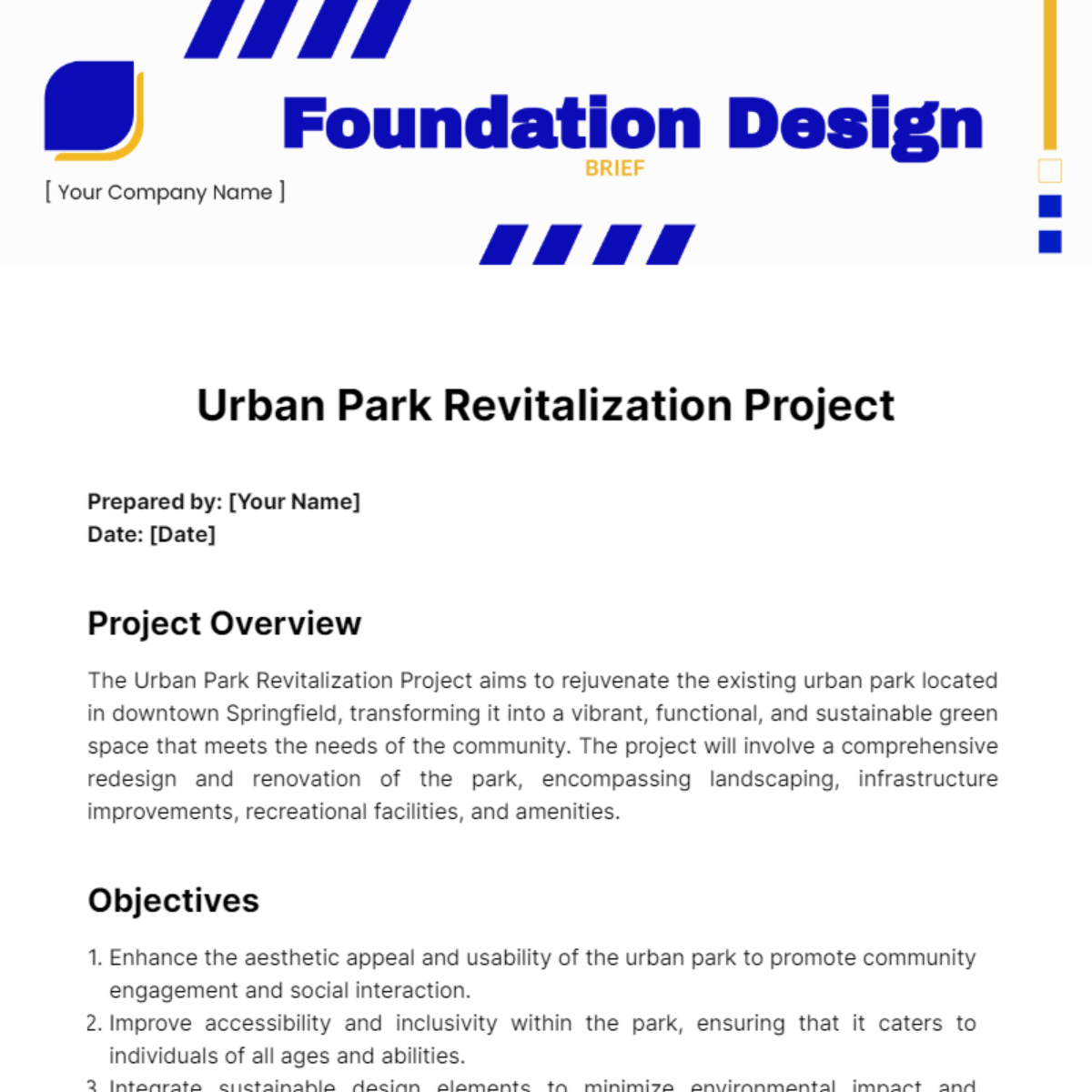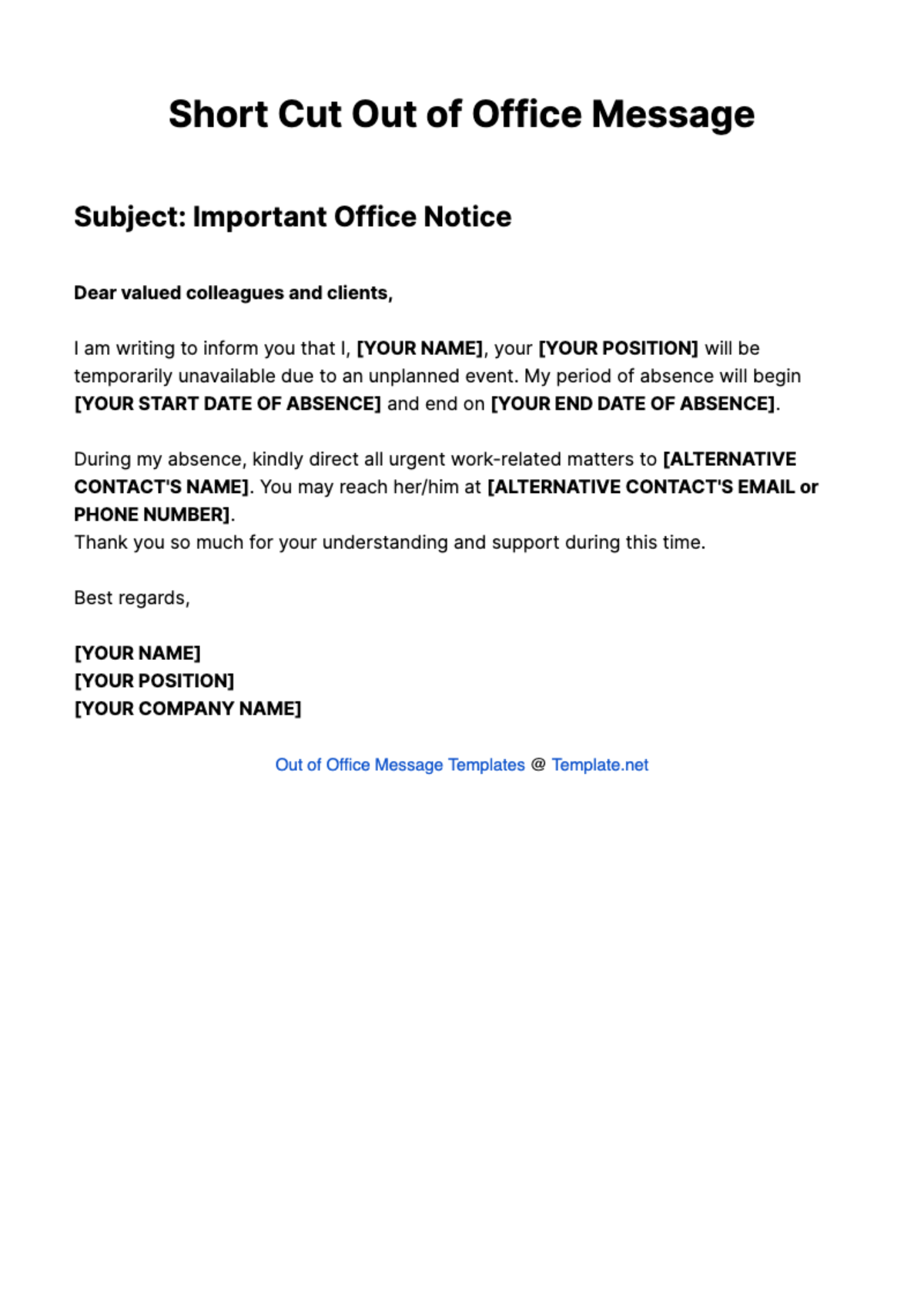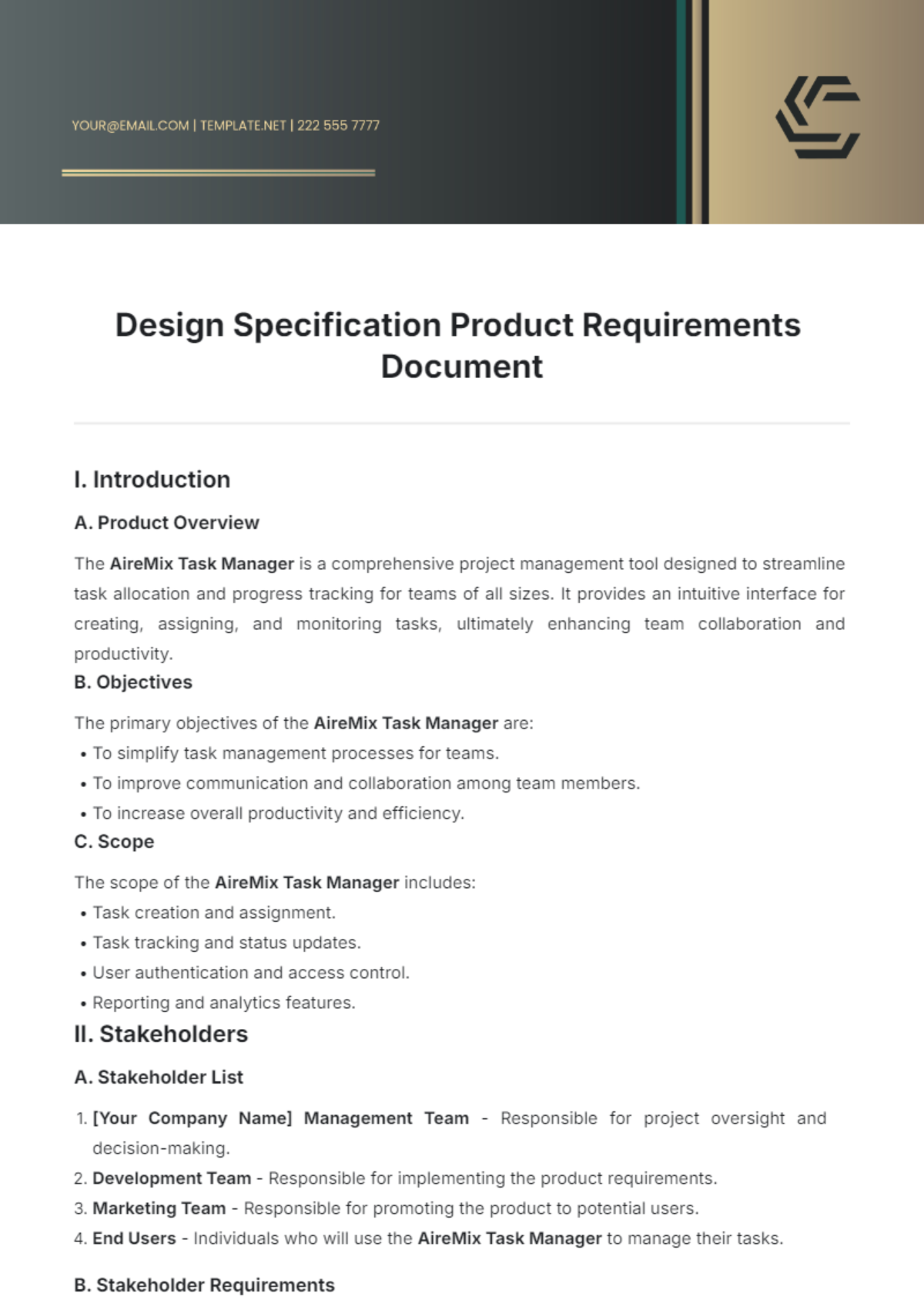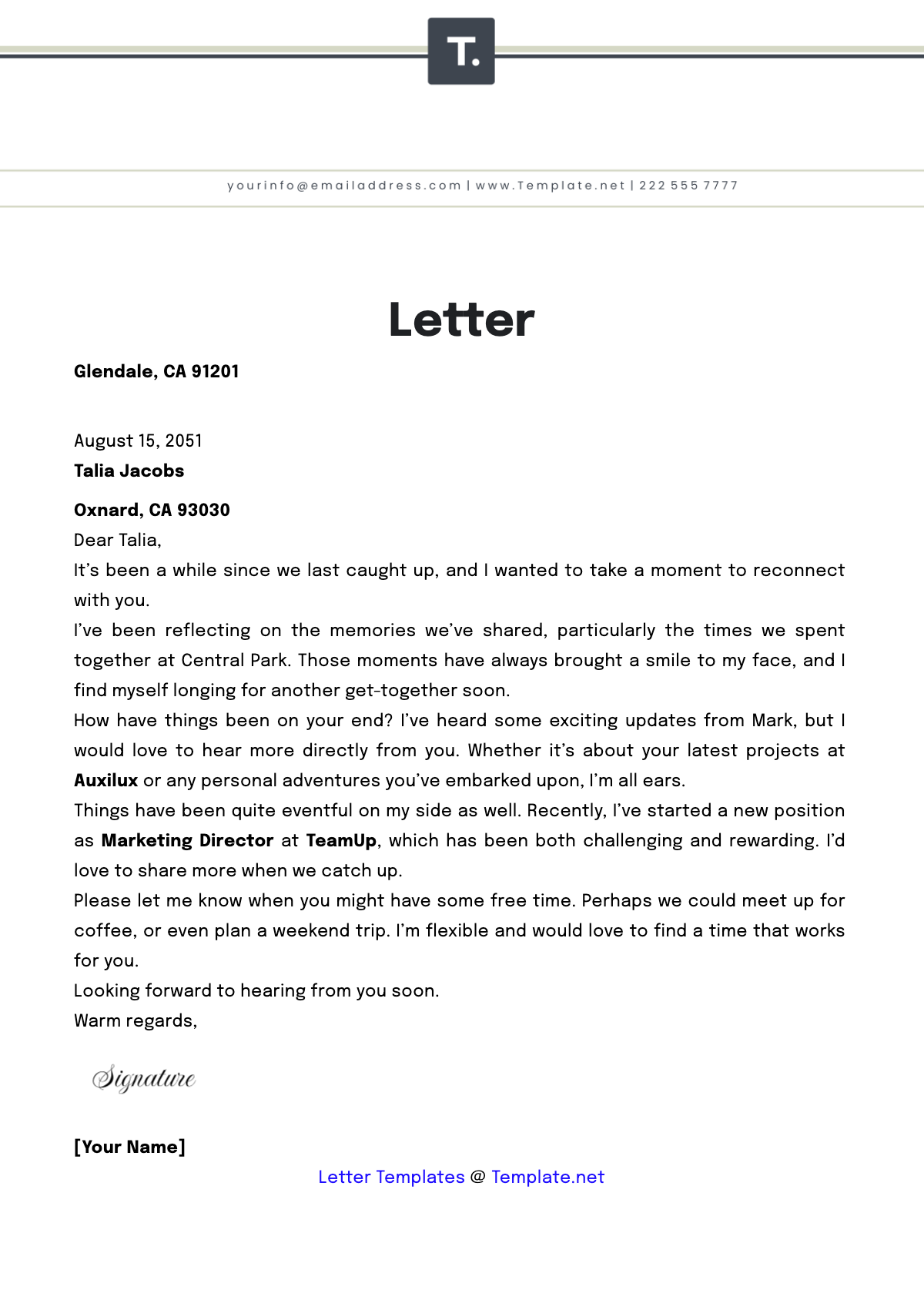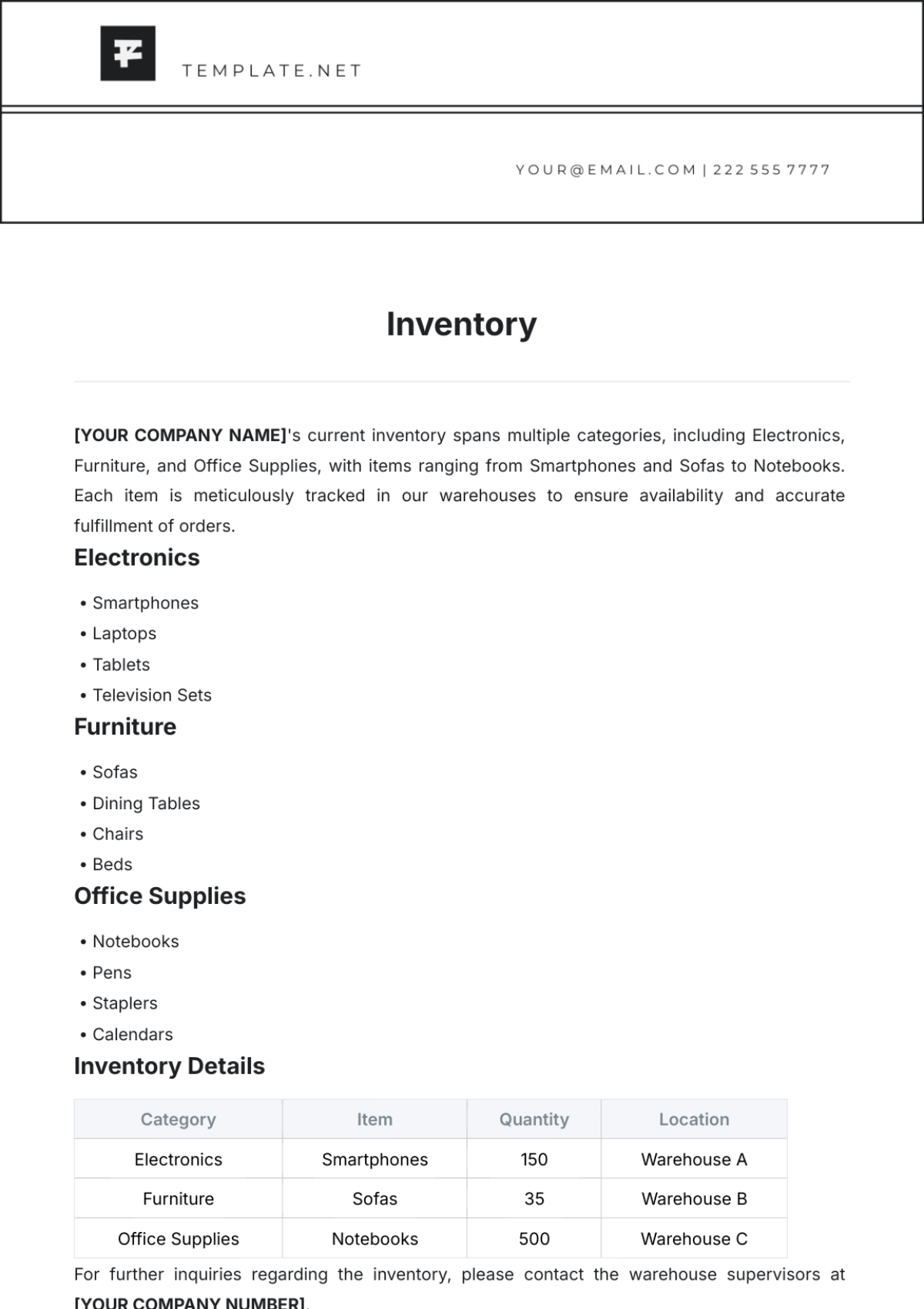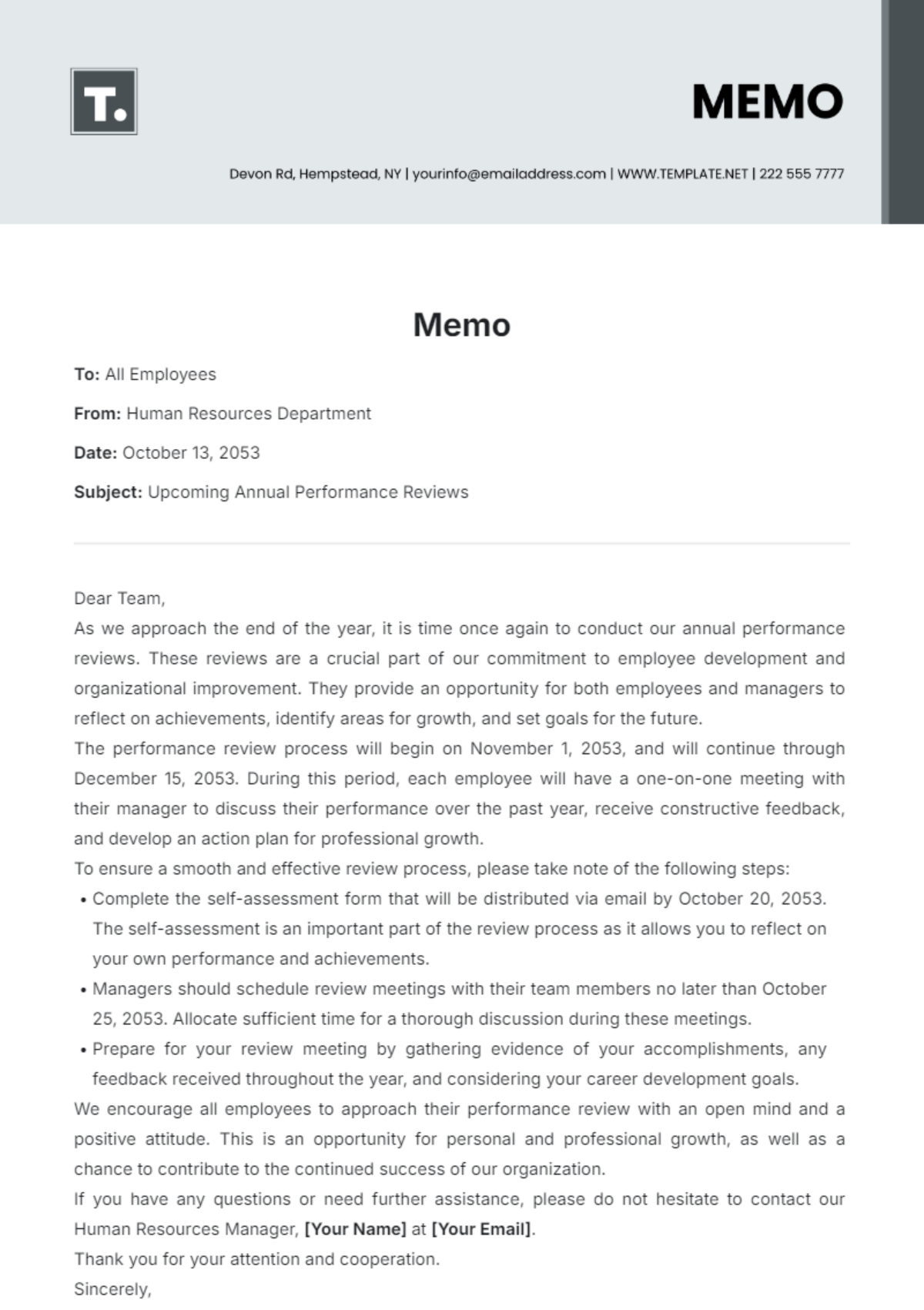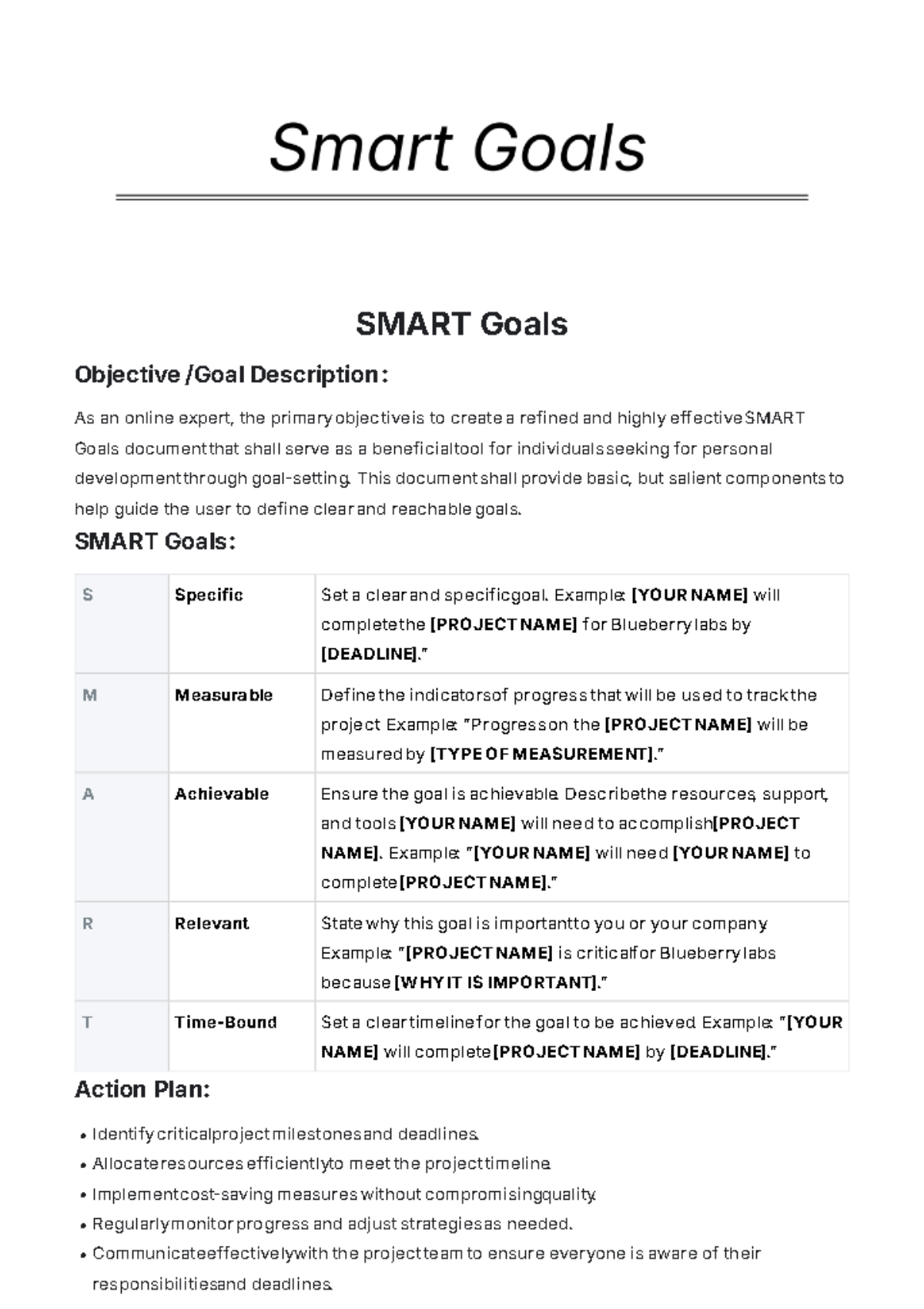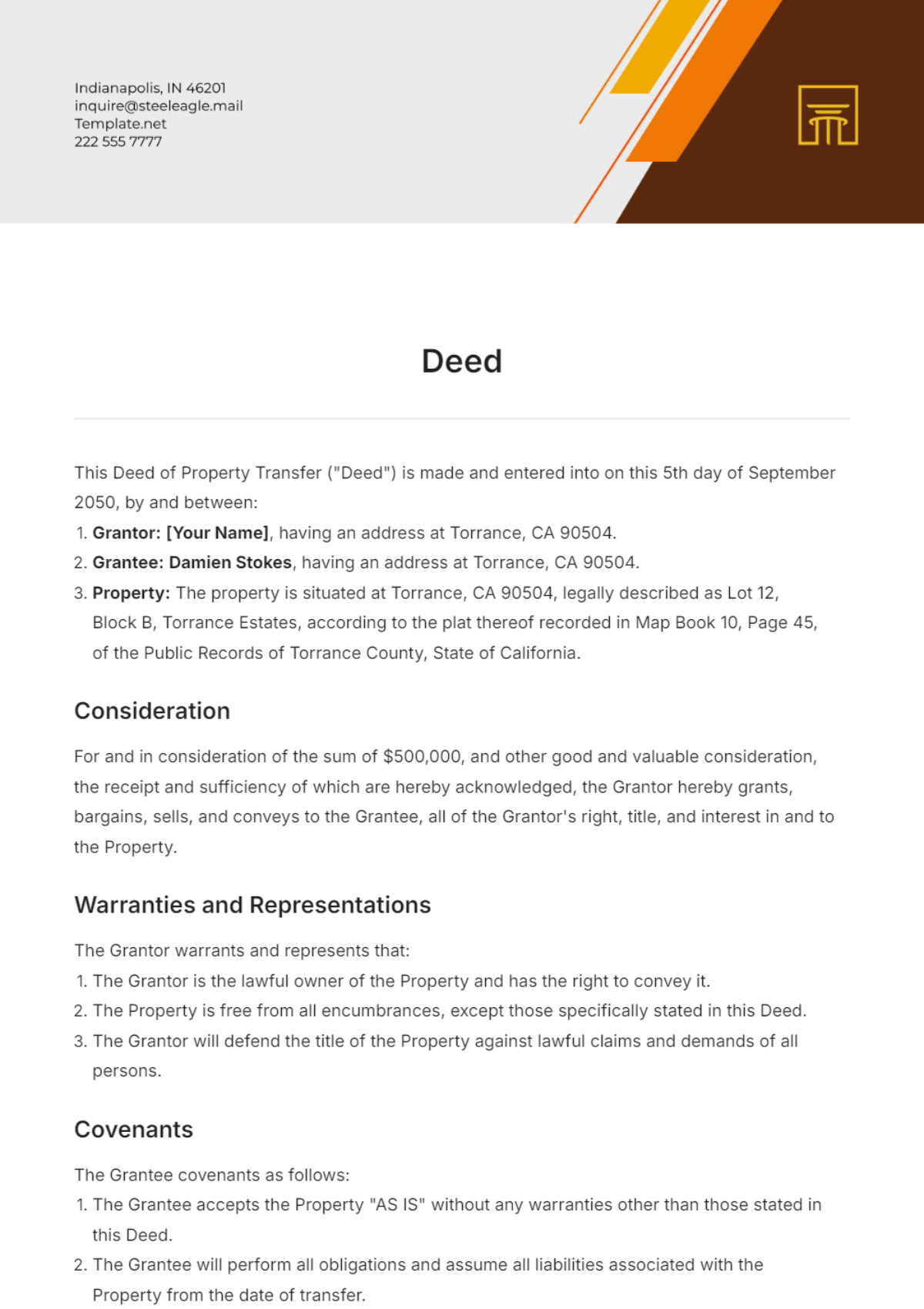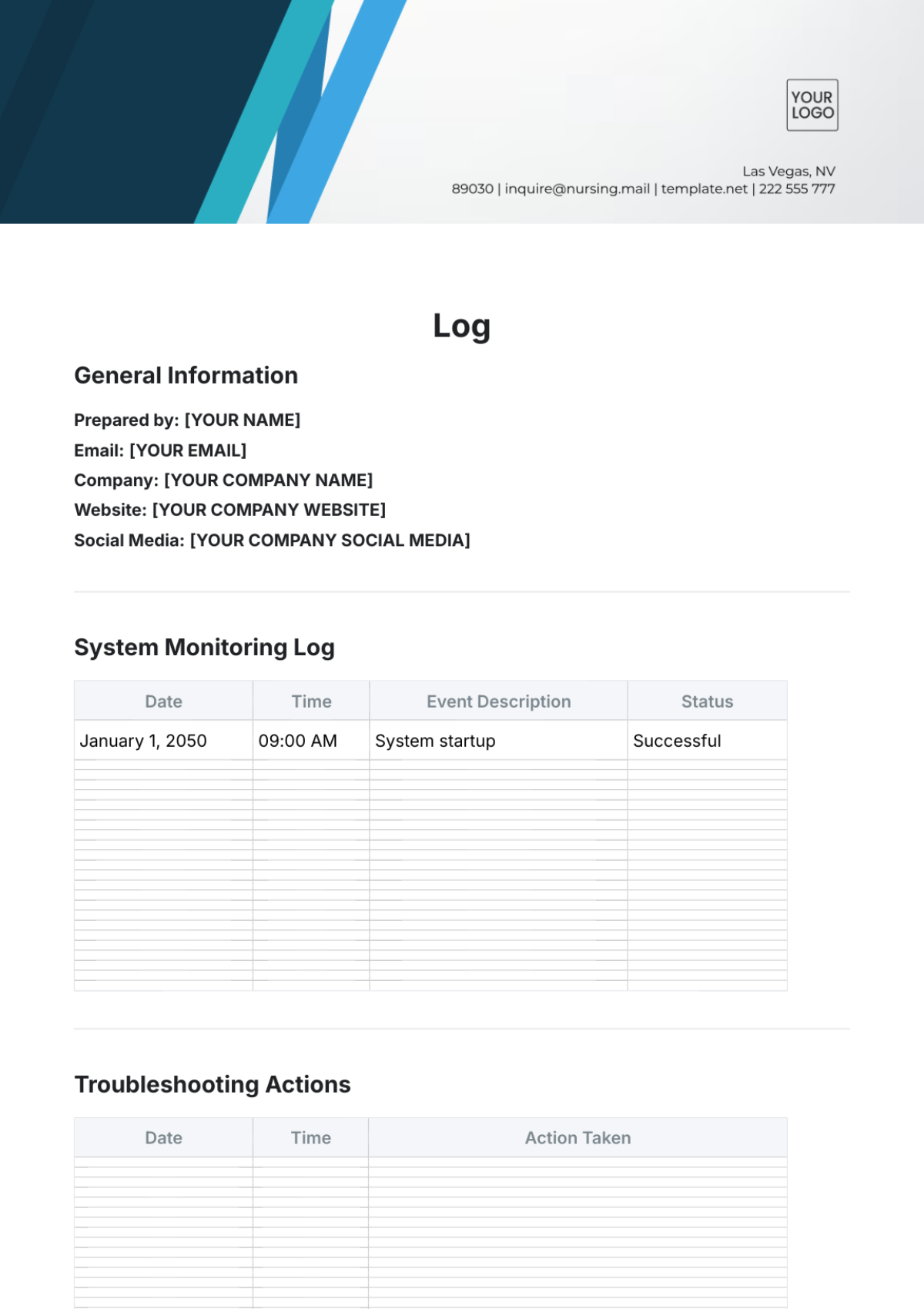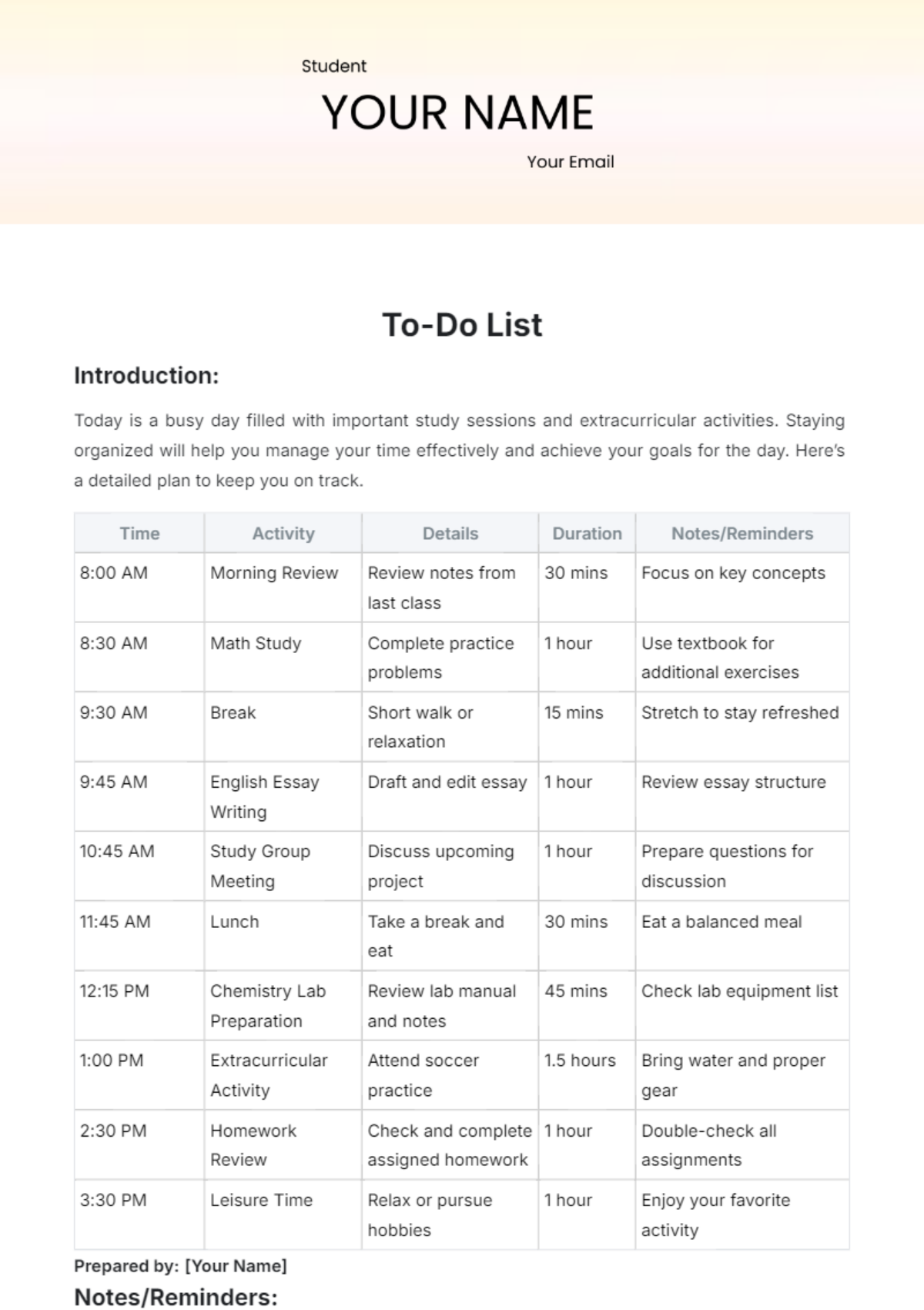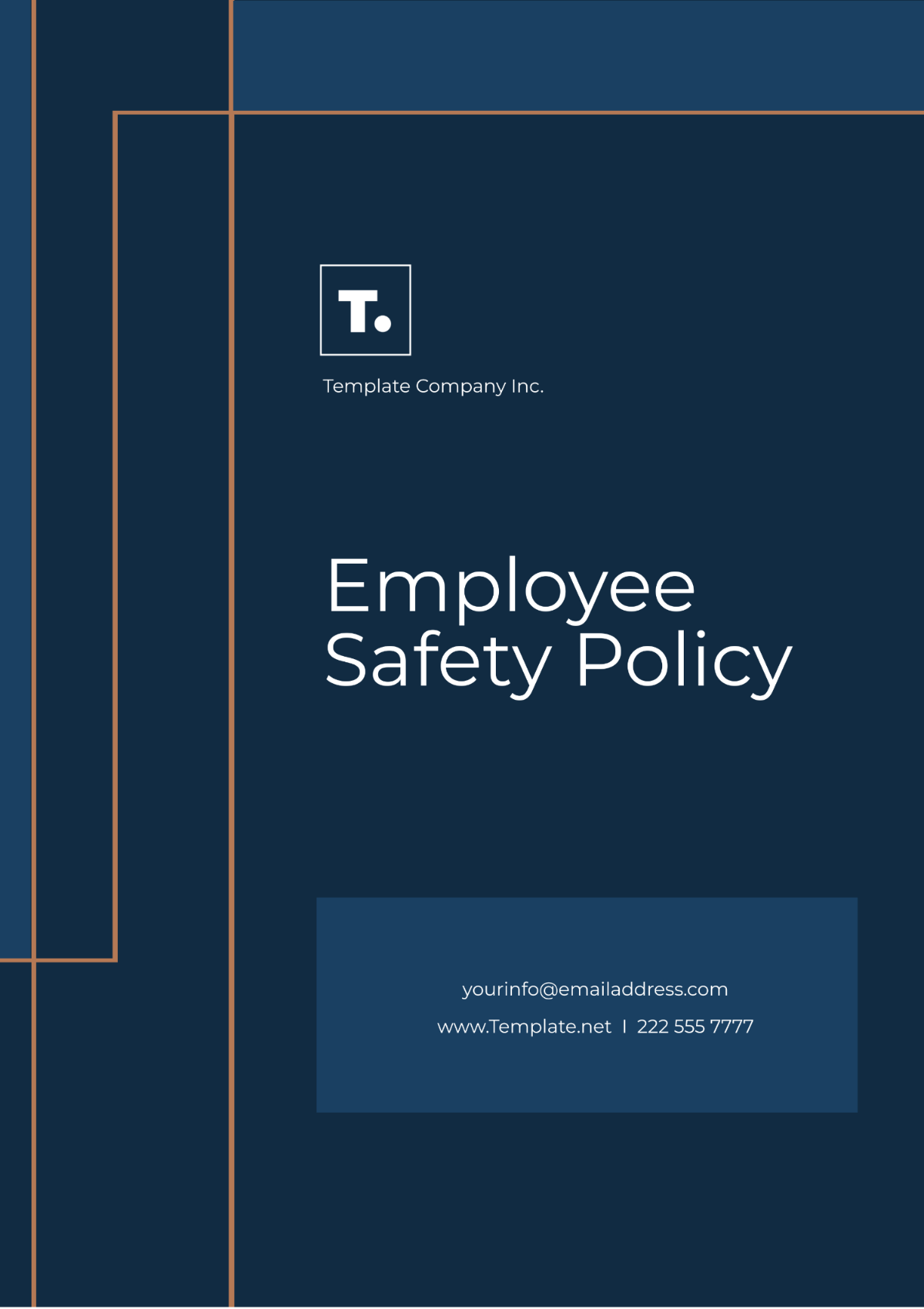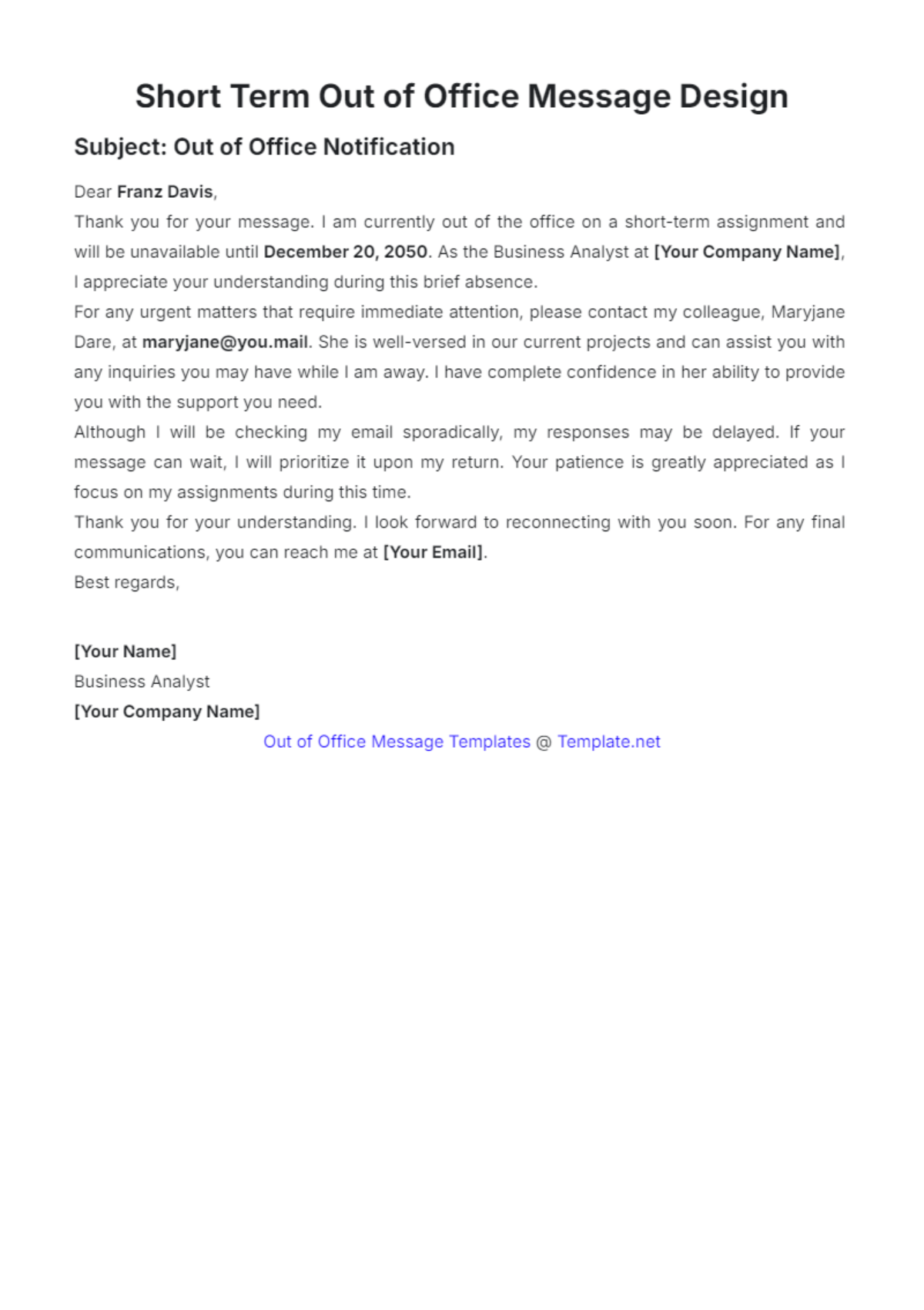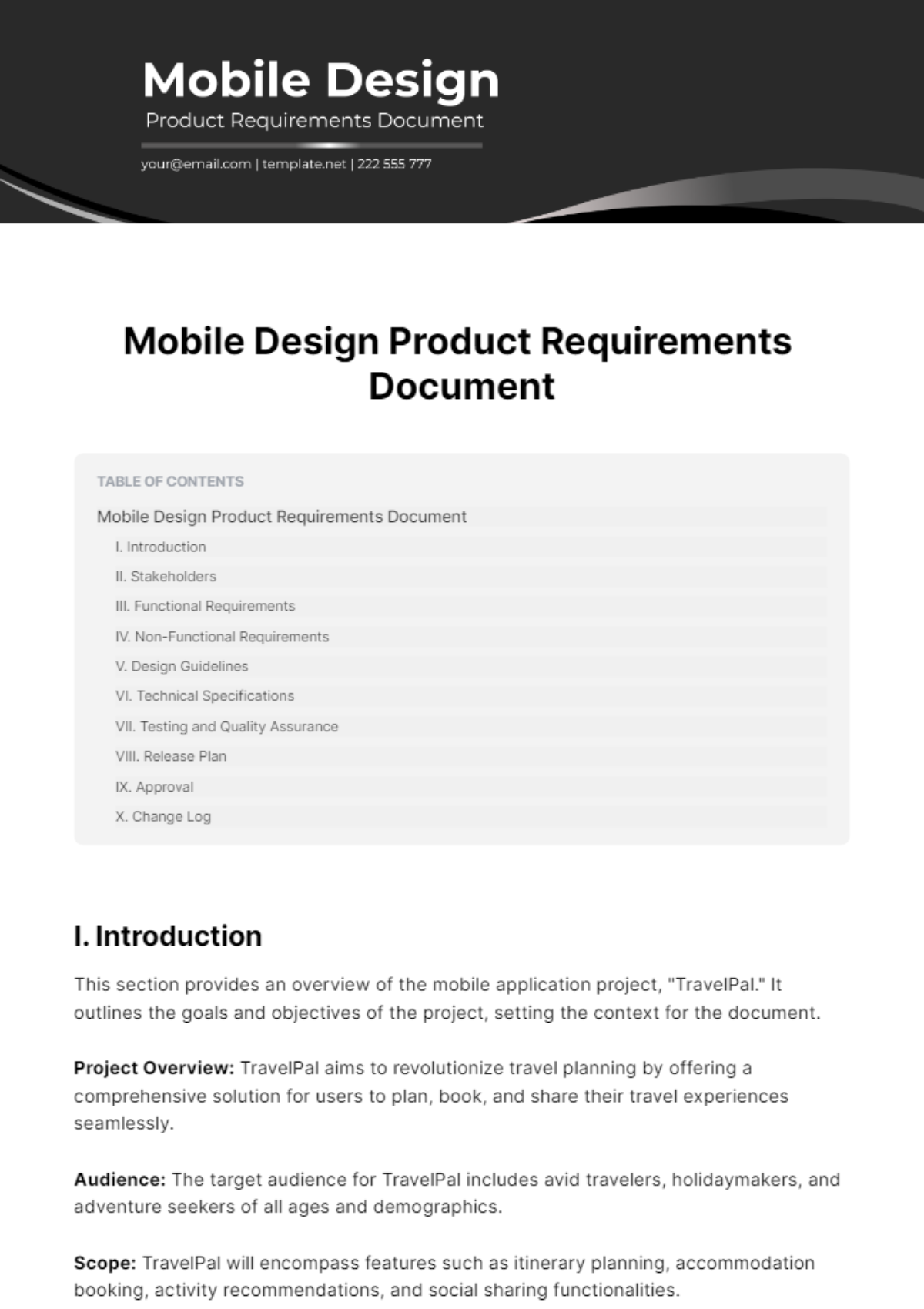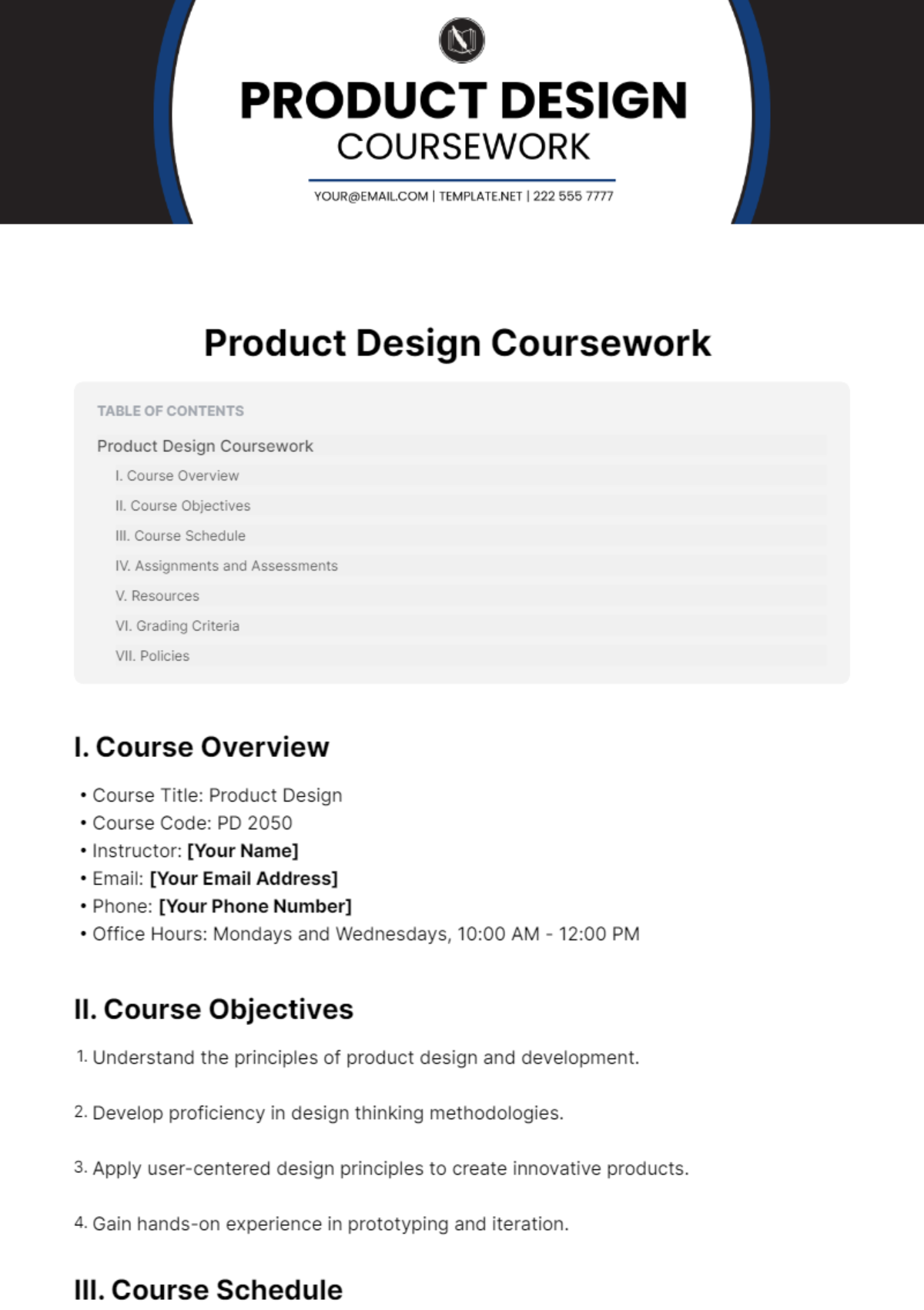Bakery Emergency SOP Design
I. Introduction
A. Purpose and Objectives
The purpose of [Your Company Name]'s Bakery Emergency SOP is to establish a clear and comprehensive framework for responding to emergencies effectively, ensuring the safety of all employees and minimizing operational disruptions. This SOP outlines the roles and responsibilities of bakery staff during various types of emergencies, including fires, medical incidents, and equipment failures. The objective is to provide a structured response that protects personnel, assets, and the continuity of bakery operations.
B. Scope and Applicability
[Your Company Name]'s SOP applies to all bakery employees, contractors, and visitors within the premises. It encompasses procedures for a range of emergency situations, including fire, medical emergencies, power outages, and equipment malfunctions. The SOP is designed to be a comprehensive guide for anyone on the premises to follow in order to manage emergencies effectively.
C. Definitions and Terminology
Emergency: A situation that requires immediate action to protect health, safety, or property.
Evacuation: The process of moving individuals from a dangerous area to a designated safe location, as outlined in the SOP.
First Aid: Immediate care provided to someone suffering from an injury or illness, intended to stabilize their condition until professional medical help is available.
II. Emergency Preparedness
A. Risk Assessment
Identification of Potential Emergencies
Potential emergencies identified include fires caused by electrical faults or cooking processes, medical emergencies such as injuries or health crises, and power outages impacting operations. Each risk is assessed to determine its probability and potential consequences. Understanding these risks helps in prioritizing safety measures and preparing appropriate responses.
Risk Analysis and Impact
Analyzing risks involves evaluating the likelihood of each emergency occurring and its impact on bakery operations, staff safety, and financial stability. High-impact risks are given priority in the preparedness plan. The analysis ensures that resources are allocated efficiently and preventive measures are in place.
B. Emergency Contact Information
Internal Contacts
Key internal contacts include the bakery manager, who oversees overall emergency response, and the safety officer, who ensures adherence to safety protocols. First aid personnel are designated individuals trained to provide immediate medical assistance. All internal contacts must be reachable at all times during operational hours.
External Contacts
Essential external contacts include local emergency services such as the fire department and medical emergency services, who will respond to incidents. Utility companies are contacted for issues related to power or water outages. Maintaining updated contact information for these services ensures prompt response during emergencies.
C. Training and Drills
Staff Training Programs
All employees undergo initial training on emergency procedures, including how to use fire extinguishers, perform basic first aid, and evacuate the premises safely. Refresher training sessions are held quarterly to keep skills current and address any changes in procedures. Training is tailored to include practical scenarios relevant to bakery operations.
Regular Emergency Drills
Emergency drills are conducted at least twice a year to practice evacuation procedures and emergency response. These drills simulate various emergency scenarios to test the effectiveness of the SOP and staff preparedness. Drill outcomes are reviewed to identify areas for improvement and ensure readiness.
III. Emergency Response Procedures
A. Fire Emergencies
Fire Detection and Alarm Systems
The bakery is equipped with smoke detectors and fire alarms that activate in the event of a fire. Employees should immediately trigger alarms upon detecting smoke or fire. Regular testing and maintenance of these systems are performed to ensure their functionality.
Evacuation Routes and Assembly Points
Clearly marked evacuation routes are established throughout the bakery, with exit signs and maps posted in strategic locations. Employees should be familiar with these routes and follow them to reach the assembly point. The assembly point is located at [specific location], where a headcount is conducted to ensure everyone’s safety.
Use of Fire Extinguishers
Fire extinguishers are placed in accessible locations and employees are trained in their use. The PASS technique (Pull, Aim, Squeeze, Sweep) is used to extinguish small fires. If a fire is too large or spreading, employees should evacuate immediately and leave firefighting to professionals.
B. Medical Emergencies
First Aid Procedures
First aid procedures include addressing minor injuries like cuts and burns and providing initial care for more severe conditions until help arrives. First aid kits are available at designated locations and regularly stocked with supplies. Employees trained in first aid should provide care according to their training and seek professional medical assistance as needed.
Emergency Medical Contacts
In severe medical emergencies, call [Emergency Medical Services Phone Number] immediately and provide detailed information about the situation. The manager or designated personnel should communicate with emergency responders to provide access and information. Maintain a list of medical contacts and ensure it is readily accessible.
C. Power Outages
Backup Power Solutions
The bakery is equipped with a backup generator to maintain critical operations during power outages. Staff should follow the generator operation manual for proper use and ensure it is regularly tested. The generator’s fuel supply should be monitored and replenished as needed.
Procedures for Handling Perishable Goods
During a power outage, perishable goods should be moved to refrigerated storage as soon as possible. A log should be maintained to track items affected by the outage. The bakery’s inventory management system should be updated to reflect any losses due to power interruptions.
D. Equipment Failures
Immediate Actions
Upon equipment failure, cease its use immediately and secure the area to prevent accidents or further damage. Notify the maintenance team and document the malfunction for repair tracking. Ensure that employees are aware of emergency shutdown procedures for critical equipment.
Repair and Replacement Protocols
Contact authorized repair personnel to address equipment issues promptly. Maintain records of all repairs and replacements for future reference. Develop a schedule for routine maintenance to minimize the likelihood of equipment failures.
IV. Evacuation Procedures
A. Evacuation Plan
Evacuation Routes
Evacuation routes are clearly marked with illuminated exit signs and are free from obstructions. Employees should familiarize themselves with the routes during training and drills. Route maps are posted in common areas for easy reference.
Assembly Points
Designated assembly points are established away from the building to ensure safety during an evacuation. Employees should gather at these points and await further instructions from emergency personnel. A headcount should be conducted to verify that everyone is accounted for.
B. Special Needs Accommodations
Assistance for Individuals with Disabilities
Designated staff members are assigned to assist individuals with disabilities during evacuations. Specific evacuation plans are developed for individuals requiring assistance. Staff are trained to provide necessary support to ensure safe and efficient evacuations.
Procedures for Visitors and Contractors
Visitors and contractors should be briefed on emergency procedures upon arrival. They should follow the same evacuation routes and assembly points as employees. Their presence should be noted, and they should be accounted for at the assembly point.
V. Communication Plan
A. Internal Communication
Notification Procedures
The manager will use the internal communication system to notify all employees of an emergency. Notifications should be clear and include instructions on immediate actions. Employees are responsible for communicating any issues or concerns to the management team.
Chain of Command
The chain of command should be followed to ensure organized and effective communication during emergencies. The manager has overall responsibility, with designated staff handling specific tasks. Clear lines of authority prevent confusion and ensure coordinated responses.
B. External Communication
Emergency Services Communication
The manager or designated personnel will communicate with emergency services, providing necessary details about the situation. Accurate information helps emergency responders assess the situation and plan their response. Contact information for emergency services should be readily available.
Communication with Stakeholders
Inform suppliers, customers, and other stakeholders about the emergency and its impact on bakery operations. Regular updates should be provided to keep them informed. Effective communication helps manage expectations and maintain business relationships.
Media Relations and Public Statements
Designated spokespersons will handle media inquiries and provide public statements. Ensure that statements are accurate and consistent with internal communication. Managing media relations helps control the narrative and maintain the bakery’s reputation.
VI. Emergency Equipment and Supplies
A. Inventory of Emergency Supplies
First Aid Kits
First aid kits are stocked with essential supplies including bandages, antiseptics, and medical gloves, and are located at easily accessible points throughout the bakery. Kits should be checked monthly to ensure they are fully stocked and replace any used or expired items. Staff are trained to use the items in the kits and respond to common injuries.
Fire Extinguishers
Fire extinguishers are placed strategically around the bakery, near potential fire hazards and in easily accessible locations. Each extinguisher is inspected monthly to ensure it is in working condition and has not been tampered with. Training on the use of fire extinguishers is provided during staff orientation and refresher courses.
Emergency Lighting
Emergency lighting systems are installed in key areas to provide visibility during power outages or emergencies. These lights are tested monthly to ensure they function correctly during an emergency. Maintenance includes checking battery levels and replacing faulty bulbs or units as needed.
B. Maintenance and Inspection
Regular Checks
All emergency equipment, including first aid kits, fire extinguishers, and emergency lighting, undergo regular inspections to confirm they are in operational condition. Inspection logs are maintained to track the date, details of the check, and any issues found. Any deficiencies are promptly addressed.
Replacement Procedures
Procedures are in place for replacing damaged or expired emergency equipment. Replacement parts and new equipment are ordered through approved suppliers, and records are kept of all transactions. The maintenance team ensures that replacement equipment meets current safety standards.
VII. Post-Emergency Procedures
A. Incident Reporting
Documentation of Events
Every emergency incident is documented in detail, including the sequence of events, actions taken, and outcomes. Documentation should include witness statements, photographs, and any other relevant evidence. This record serves as a basis for reviewing the response and making improvements.
Incident Reports and Forms
Complete incident report forms are used to record all relevant details of the emergency. Reports should be submitted to the management team within 24 hours of the incident. These forms are reviewed to assess the effectiveness of the response and to identify areas for improvement.
B. Recovery and Cleanup
Restoration of Operations
After an emergency, the priority is to restore normal operations as quickly and safely as possible. This includes assessing damage, repairing affected areas, and resuming production. The recovery process should be documented, and any delays or issues should be communicated to stakeholders.
Disposal of Damaged Goods
Any goods damaged during the emergency should be safely disposed of according to health and safety regulations. Affected items should be cataloged, and disposal methods should comply with environmental and safety standards. The inventory should be updated to reflect losses.
C. Review and Evaluation
Debriefing and Feedback
A debriefing session should be held with all involved staff to discuss the emergency response and gather feedback. This session aims to identify what worked well and what could be improved. Feedback should be used to make necessary adjustments to the SOP and training programs.
Update of Emergency Procedures
Based on the debriefing and feedback, the emergency procedures should be reviewed and updated. Incorporate any new practices or lessons learned to enhance future responses. Updates should be communicated to all staff and integrated into ongoing training.
VIII. Legal and Regulatory Compliance
A. Compliance with Local Regulations
Health and Safety Standards
Ensure that all emergency procedures comply with local health and safety regulations, including those pertaining to workplace safety and employee welfare. Regularly review these regulations to stay updated on any changes. Documentation of compliance should be kept for inspections.
Fire Safety Codes
Adhere to local fire safety codes and regulations, including those related to fire alarms, extinguishers, and emergency exits. Compliance ensures that the bakery meets legal requirements and maintains a safe environment. Regular audits should be conducted to verify adherence.
B. Documentation and Record-Keeping
Keeping Records of Drills and Training
Maintain comprehensive records of all emergency drills and training sessions, including dates, participants, and outcomes. These records demonstrate compliance with training requirements and provide a basis for evaluating the effectiveness of preparedness efforts.
Maintaining Compliance Documentation
All documentation related to emergency procedures, inspections, and compliance should be organized and readily accessible. This includes records of equipment inspections, training sessions, and incident reports. Proper record-keeping supports regulatory compliance and facilitates audits.
IX. Continuous Improvement
A. SOP Review and Updates
Regular Review Schedule
The SOP should be reviewed at least annually or whenever significant changes occur in operations, regulations, or after an emergency. This ensures that the procedures remain relevant and effective. Any updates should be documented and communicated to all staff.
Incorporation of New Procedures
Incorporate new procedures or improvements based on feedback, lessons learned from incidents, or changes in regulations. The updated SOP should reflect best practices and address any gaps identified. Continuous improvement ensures the SOP remains a useful and practical tool for emergency management.
B. Staff Feedback and Suggestions
Collection of Feedback
Collect feedback from staff regarding the effectiveness of emergency procedures and any challenges encountered during drills or actual emergencies. Use surveys, suggestion boxes, or debriefing sessions to gather input. Feedback helps identify areas for improvement and refine procedures.
Implementation of Improvements
Review and implement feasible improvements based on collected feedback and evaluations. Adjust training programs, update procedures, and modify emergency plans as necessary. Continuous refinement of the SOP enhances overall emergency preparedness and response.

